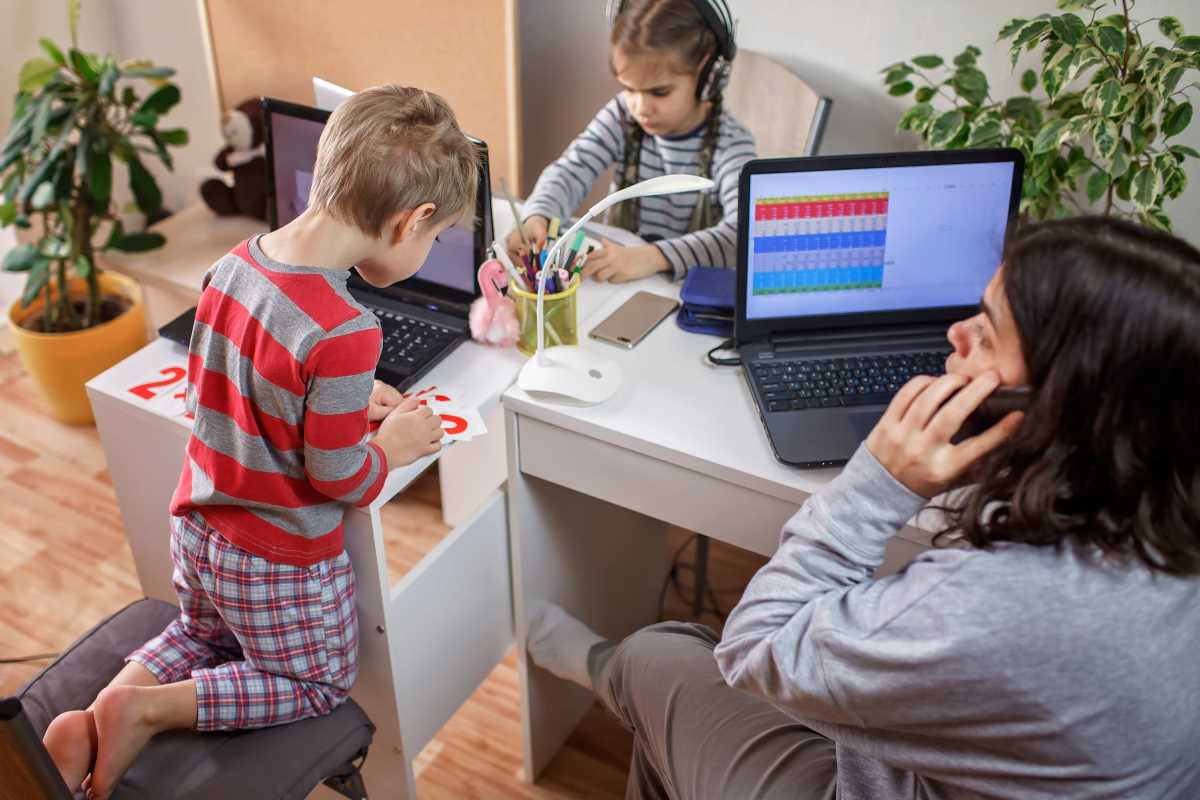Cross-cultural marriages weave a rich tapestry of diverse traditions, beliefs, and values, creating unique and dynamic family environments. These unions bring together individuals from different cultural backgrounds, mixing customs and perspectives that can enrich the family experience. Understanding the intricacies of cross-cultural marriages helps in appreciating the complexities and benefits they introduce to family dynamics.
As globalization continues to bring people closer, cross-cultural marriages have become more common, reflecting the interconnectedness of our world. This article delves into the various aspects of cross-cultural marriages, exploring their benefits, challenges, and the impact they have on families. By examining these dynamics, we can better understand how to support and nurture these diverse family structures.
Understanding Cross-Cultural Marriages
Cross-cultural marriages involve individuals from different cultural backgrounds coming together in marriage. These unions encompass a variety of cultural differences, including ethnicity, religion, language, and national origin. The melding of these distinct backgrounds can lead to a vibrant and multifaceted household, but it also requires a deep understanding and appreciation of each partner's cultural identity.
Common challenges faced in cross-cultural marriages include:
- Language barriers and communication difficulties.
- Differences in religious practices and beliefs.
- Conflicting cultural norms and values.
- Extended family expectations and traditions.
- Navigating dual cultural identities for children.
Benefits of Cross-Cultural Marriages
Cross-cultural marriages offer numerous advantages that can enhance personal growth and family cohesion. One of the primary benefits is exposure to diverse perspectives, which can lead to greater empathy and understanding between partners. This exposure encourages individuals to broaden their horizons and embrace new ideas and traditions.
These marriages often result in a richer cultural life for the family, as traditions and celebrations from both cultures integrate into daily life. This blending of customs can create a more inclusive and vibrant family environment, promoting a sense of unity and belonging among all members.
Challenges and Solutions
While cross-cultural marriages present unique opportunities, they also come with specific challenges that require thoughtful navigation. Proactively addressing these challenges can strengthen the relationship and promote a healthy family dynamic.
- Communication: Implement regular and open communication practices to bridge language gaps and ensure mutual understanding.
- Cultural Respect: Acknowledge and respect each other's cultural traditions and values, creating a foundation of mutual appreciation.
- Conflict Resolution: Develop methods for resolving cultural conflicts, such as seeking mediation or counseling when necessary.
- Family Integration: Work towards integrating both families by celebrating each culture's important events and involving extended family members in family activities.
- Education: Engage in learning about each other's cultures through reading, attending cultural events, or taking language classes together.
Implementing these strategies, such as utilizing cross cultural dynamics resources, can significantly mitigate challenges and strengthen the marital bond.
Impact on Family Dynamics
Cross-cultural marriages significantly influence family dynamics, shaping how family members interact and relate to each other. These relationships often encourage the blending of different familial roles and responsibilities, promoting flexibility and adaptability within the family structure.
Furthermore, children born into cross-cultural families have the opportunity to develop a more inclusive worldview, appreciating and respecting cultural diversity from a young age. This environment can nurture greater adaptability and emotional intelligence, preparing them to succeed in a multicultural society.
Cultural Adaptation and Integration
Successful cultural integration in cross-cultural marriages requires intentional adaptation and respect for each other's backgrounds. Here are some best practices to facilitate this process:
- Celebrate Both Cultures: Incorporate traditions, holidays, and customs from both cultures into family life.
- Learn Each Other's Language: Encouraging language learning can enhance communication and deepen cultural understanding.
- Create New Traditions: Establish new family traditions that honor both cultural legacies.
- Community Engagement: Participate in cultural communities and events to maintain cultural connections and support networks.
- Educate Extended Family: Share cultural practices with extended family members to create a supportive and inclusive environment.
By embracing these practices, families can create a harmonious blend of cultures that respects individual identities while building a unified family identity.
 (Image via
(Image via





